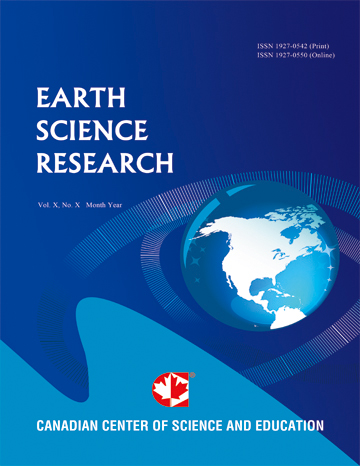Evaluation of Shale Around Dange, Northwestern Nigeria as Raw Material for Drilling Mud
- Oluwole. A. OYEDEJI
- Gabriel. O. Adeyemi
Abstract
Shale exposed around Dange northwestern, Nigeria was studied. The aim was to determine the grade, quality and usability of the shale as drilling mud using its physico-chemical and the rheological characteristics.
Sixty-one (61) samples were collected from exposed sections and pits. Major elements such as SiO2, Al2O3, MgO and CaO were determined. X-ray diffraction method was employed for the qualitative identification of the minerals in the shale. Cation Exchange Capacity and Exchangeable cations were determined using the Methylene Blue Absorption and Ammonium Acetate Saturation Methods respectively. Grain-size distribution and Atterberg Limits tests were also conducted. Apparent Viscosity, Plastic Viscosity and Yield point were calculated from readings obtained on a multi-speed Fann viscometer.
The dominant clay mineral observed is smectite (71%) implying good expansive potential. Dominant oxides were SiO2 (42.60-57.50%), Al2O3 (12.00-16.70%), CaO (0.43-12.50%). Exchangeable cations obtained were Na+ (0.48-6.67), Ca2+ (14.03-34.50) and K+ (0.42-1.95) meq/100g clay. Liquid and plastic limits ranged from 69.40-86.00% and 30.10-36.10% respectively giving a Plasticity Index of 39.40-52.60%.
The samples plot close to Ca-montmorillonite on the clay identification chart. The viscosity increased on addition of 7-10% sodium carbonate. It has good sodium exchange potential. In the natural state, it does not meet the API/OCMA specifications. However, its rheological properties improved significantly on treatment with sodium carbonate thus confirming its suitability as raw material in drilling mud.
- Full Text:
 PDF
PDF
- DOI:10.5539/esr.v8n1p19
Index
Contact
- Lesley LuoEditorial Assistant
- esr@ccsenet.org
